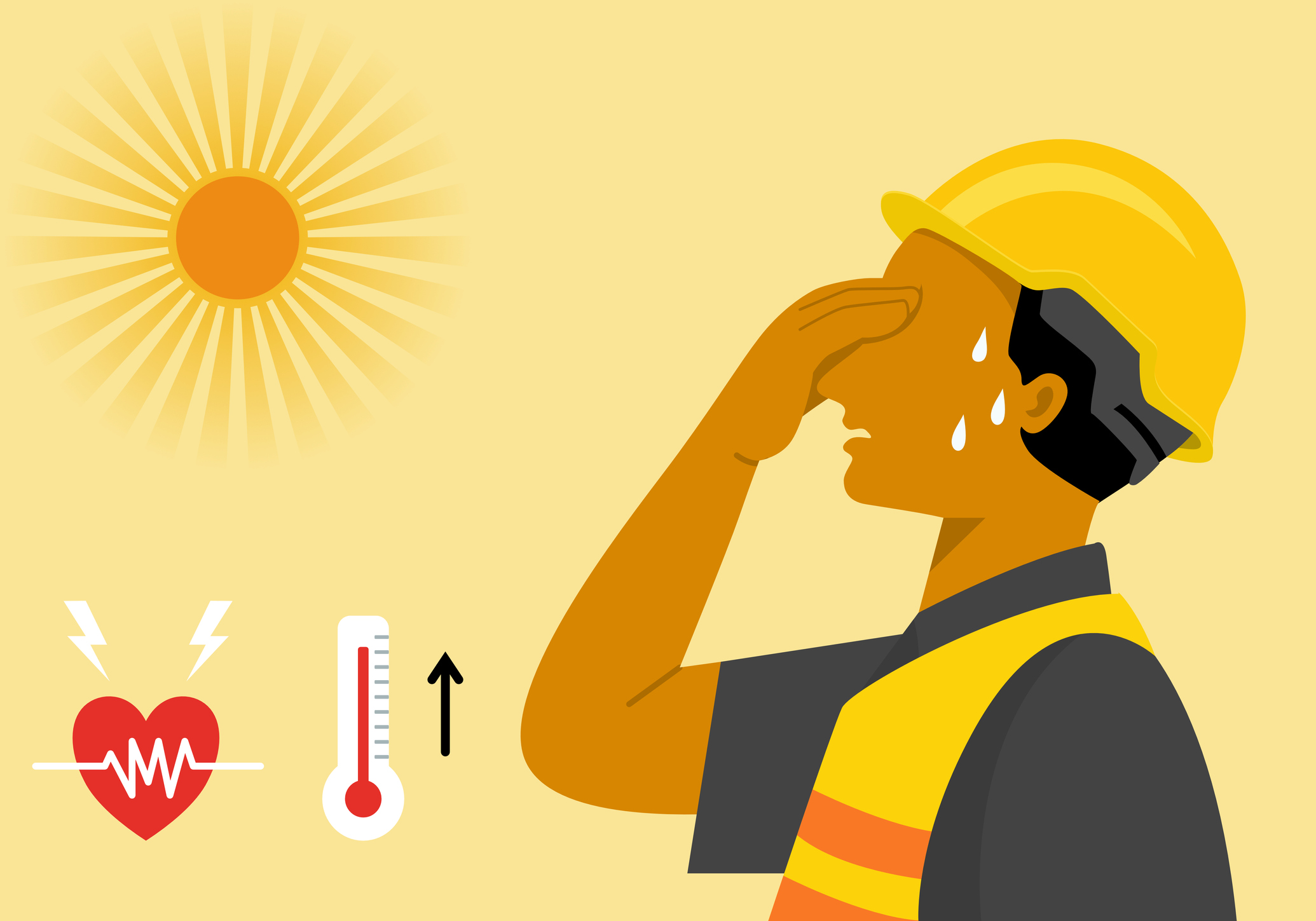6 Advanced Capabilities of Wearable Technology
The wearable technology market has evolved, now including hearables, watches, virtual reality headsets, and more. Newly available options allow a breadth of organizations to take advantage of their benefits and include them in their risk management programs.
February 13, 2024

Wearable technology is not a new idea. From watch calculators to Sony Walkmans to the current prevalence of the Apple Watch, it is clear that the evolution has come a long way for personal use. However, organizations are now beginning to take advantage of this evolution for professional use to help proactively prevent claims, enhance opportunities for coaching, and uncover unknown hazards.
“When wearables were first introduced to organizations, vendors were primarily focused on the risks involved with manual material handling and the opportunities to prevent musculoskeletal disorders,” said Steve Simon, Senior Risk Service Manager at Safety National. “Those devices may still be the most common, but in the last several years, the technology has evolved to incorporate other industries, allowing organizations to get the most out of wearables, whether through environmental alerts or movement tracking.”
These six different uses of wearable technology can assist risk managers across industries to prevent workplace incidents with their broader use.
1. Lumbar Risk Scoring
This type of wearable technology scores the lumbar of an employee by providing data on bending, reaching and twisting, including the angle, duration, and count. Measured by inertial measurement unit (IMU) sensors, it alerts the user to unsafe postures in the lower lumbar, providing a haptic response in the form of vibrations, so they know to correct their posture.
2. Repetitive Motion Alerts
Like lumbar risk scoring devices, repetitive motion alerts use IMU sensors to set thresholds for an employee or a process, sending an alert when that threshold is met. For example, suppose an employee moves boxes from one stack onto a pallet, requiring repetitive twisting or bending. In that case, this device will alert the employee and also send data to a dashboard indicating that the threshold for this single motion has been met. When that occurs, the employee may need to take a break or rotate to a different task.
3. Temperature Warnings
For construction or large manufacturing facility employees, temperatures can change drastically with weather conditions. This wearable detects either extremely hot or cold conditions, starting a timer for when a worker has been exposed to those extremes long enough, signaling a break is necessary. Use can be advantageous in workplaces like food manufacturing facilities with indoor refrigeration and freezer systems, or for outdoor construction sites, where the IMU can send alerts to employees and others to take action.
4. Forklift Driving Sensors
This device is essential in bilateral collision avoidance. It can detect underlying vibrations caused by the forklift and calculate duration and driving score. The driver and surrounding employees will receive an audible warning signal on their devices. For the driver, the alert will signal that employees are in their vicinity, and for workers, it will alert them to a forklift nearby.
5. Lone Worker Safety
During COVID, many employers faced distancing restrictions, separating workers who previously worked in closer proximity to others. This technology allowed those workers to maintain communication with one another while also complying with distancing measures. Additionally, if someone had a slip and fall or did not respond, the device would alert someone managing the dashboard that a lack of movement has been detected.
6. PPE Compliance
Personal protective equipment (PPE) is essential to many roles, particularly for those in hazardous work environments. This device will scan PPE to determine site-wide compliance and alert employees when their PPE is not detected. Smart PPE includes intelligent cooling and heating elements that can respond to body and external temperatures to keep employees safe. Other examples include light-emitting garments like safety vests that provide high visibility and environmental sensors embedded in clothing that monitor gas, chemical, heat, sound, UV, and the impact of those potential hazards, alerting supervisors if workers are in trouble.
For more expertise, guidance or resources on this topic, please contact [email protected].

























